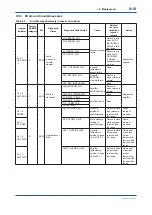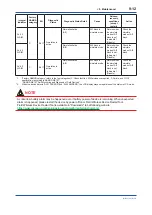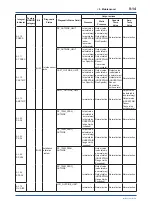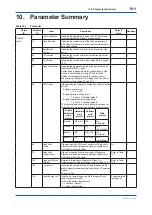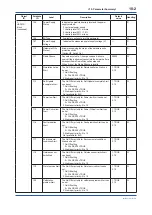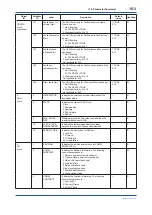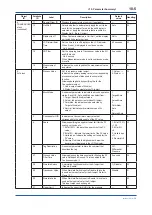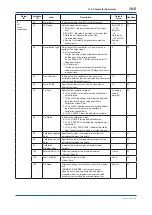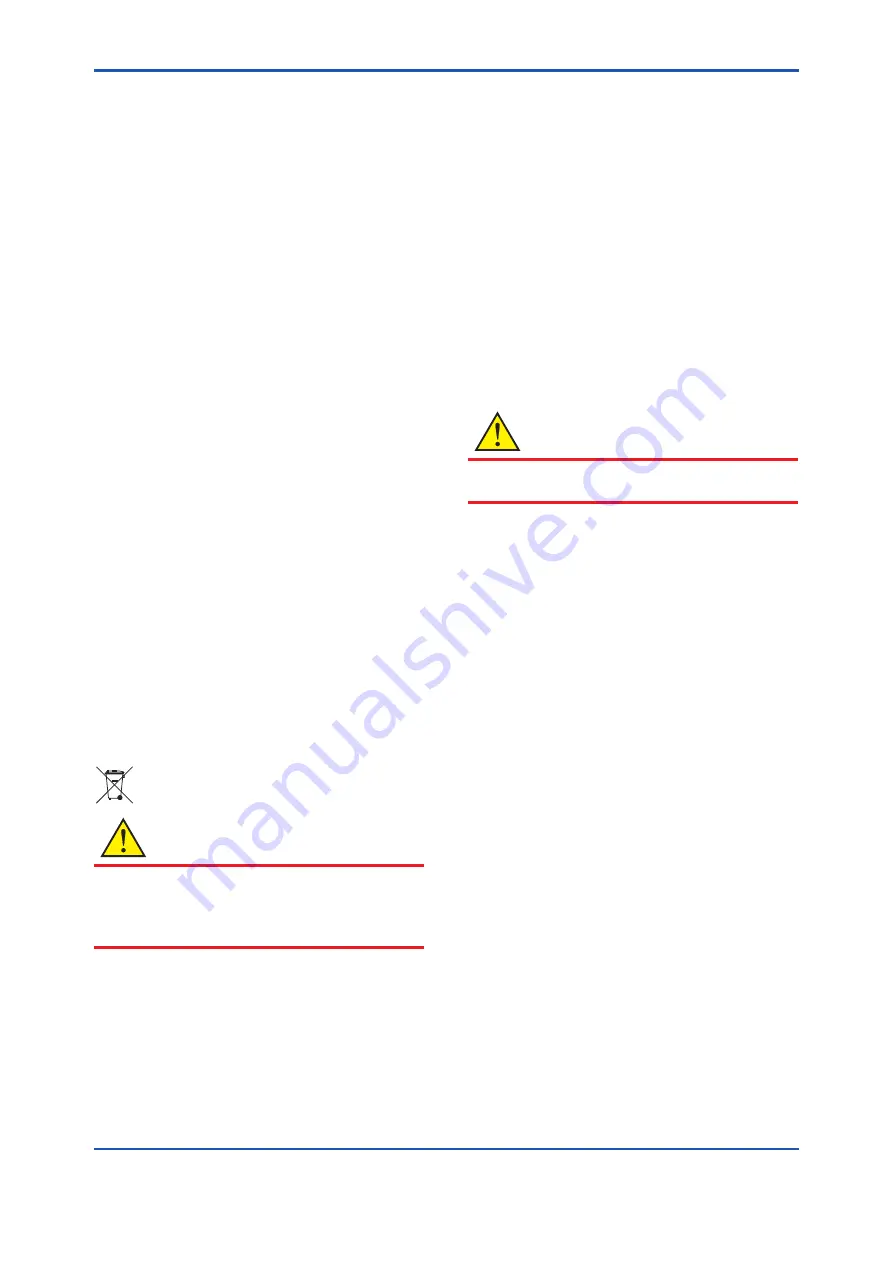
<9. Maintenance>
9-7
IM 01C27C01-01EN
■ Transportation of products containing
lithium batteries:
Batteries used for this transmitter contain
lithium. Primary lithium batteries are regulated
in transportation by the U.S. Department of
Transportation, and are also covered by the
International Air Transport Association (IATA), the
International Civil Aviation Organization (ICAO), and
the European Ground Transportation of Dangerous
Goods (ARD). It is the responsibility of the shipper
to ensure compliance with these or any other local
requirements. Consult current regulations and
requirements before shipping. When transporting
this transmitter with the battery pack inserted, keep
it in deep sleep mode in order to conserve battery
power. For details on how to switch to deep sleep
mode, refer to subsection 8.3.13 “Switching to Deep
Sleep Mode.”
■ How to replace and dispose of the
batteries:
This is an explanation about the new EU Battery
Directive(DIRECTIVE 2006/66/EC). This directive is
only valid in the EU.
Batteries are used for this product.
When you remove batteries from this product and
dispose them, discard them in accordance with
domestic law concerning disposal.
Take a right action on waste batteries, because the
collection system in the EU on waste batteries are
regulated.
Battery type: Primary lithium-thionyl chloride battery
CAUTION
The symbol (see above), which is marked on the
batteries, means they shall be sorted out and
collected as ordained in ANNEX II in DIRECTIVE
2006/66/EC.
■ Procedure to remove the batteries safely:
Refer to subsection 9.4.5 “Replacing the Battery
Pack” and subsection 9.4.6 “Replacing the
Batteries.”
9.4.8 Replacing the Power Supply Module
■ Removing
1) Turn off the power.
2) Remove the terminal box cover.
3) Loosen the two power supply module mounting
screws (see Figure 9.4).
4) Pull out the power supply module.
■ Remounting
1) Insert the new power supply module lightly.
2) Push the center of the power supply module
and insert it securely.
3) Tighten the two power supply module mounting
screws to a torque of approximately 0.7 N·m.
4) Replace the terminal box cover.
CAUTION
Do not attach the battery pack to the external
powered type.
9.5 Troubleshooting
If any abnormality appears in the measured values,
use the troubleshooting flow chart below to isolate
and remedy the problem. Since some problems
have complex causes, these flow charts may
not identify all. If you have difficulty isolating or
correcting a problem, contact Yokogawa service
personnel.
9.5.1 Basic Troubleshooting
First determine whether the process variable
is actually abnormal or a problem exists in the
measurement system.
If the problem is in the measurement system,
isolate the problem and decide what corrective
action to take.
This transmitter is equipped with a self-diagnostic
function which will be useful in troubleshooting,
and the transmitter equipped with an integral
indicator will show an alarm code as a result of self-
diagnosis.
See subsection 9.5.3 for the list of alarms.


















